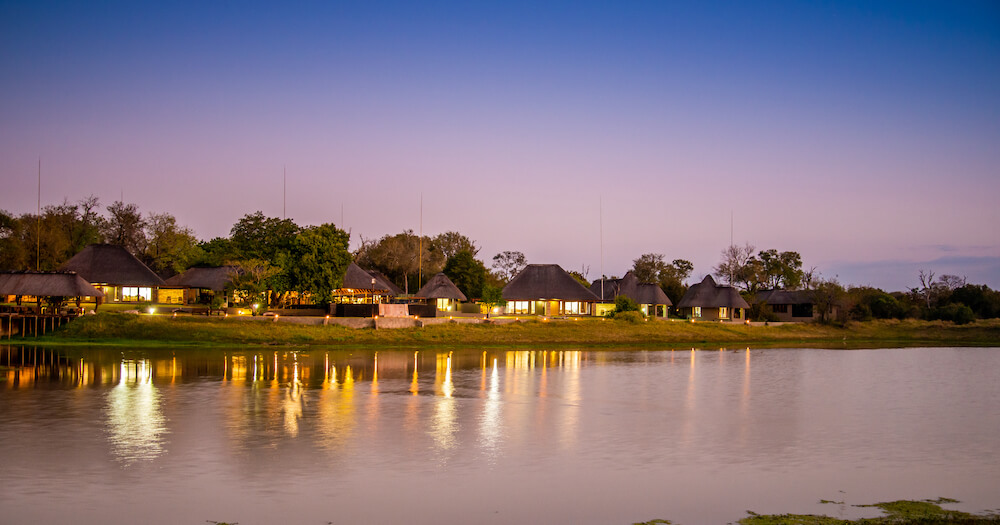
- By: Arathusa / General Wildlife Seasons at Arathusa / 0 Comments
It is springtime at Arathusa
We’re celebrating Spring with new sightings of birds, and some beautiful trees and flowers
From September to the end of November, we celebrate spring time here in Kruger National Park area. The nights (and early morning drives!) are beginning to get a little warmer and a lot more active with plenty of birds, insects and other small animals.
Let’s take a look at what Springtime looks like at Arathusa:
Weather
We are at the end of the dry, winter season and the grasslands are thinning out. This makes Spring one of the best times to visit the Kruger Park area as there is a clear line of sight to spot cats and medium sized game, while the bigger game such as elephant and buffalo are drawn to our watering hole on a daily basis.
From the Spring equinox on the 23rd of September, the days are getting longer as we move towards the end of the year. By November, we can expect sunrise at about 05:00 with about 13hours of daylight – perfect for early morning game drives and a hot coffee in the bush!
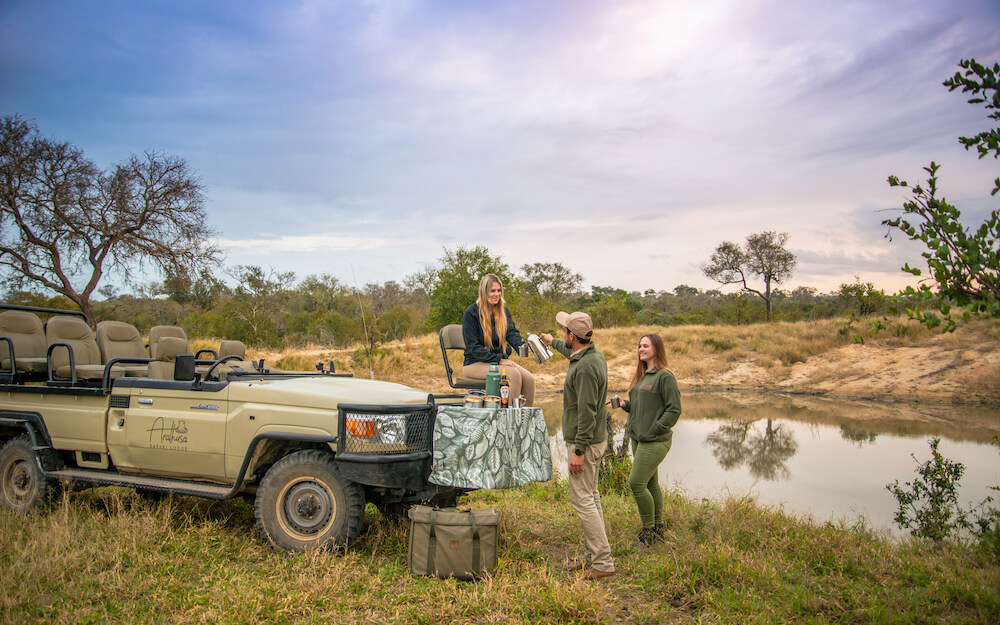
"... By November, we can expect sunrise at about 05:00 – perfect for early morning game drives and a hot coffee in the bush! "
Trees, plants and insects
Of course, springtime means blossoms all over the bushveld. Some of our guests and staff might experience seasonal hay fever at this time, so it is best to pack an anti-allergy medication that has helped you in the past.
A tree that is famous for flowering on the first day of spring is the South African Wild Pear (Dombeya rotundifolia). It is known to flower on the days around the start of spring, so we can see that we got the calendar right. Historically, this hardwood tree was used for waggon wheels, spokes and axles.
Other notable trees of the area are the knobthorns (senegalia nigrescens) which are showing off their big yellowish-whiteish flowers. Towards the crest you can find marula trees (of the famous marula fruit) while in the ravines and drainage lines, we see knobthorns. These are a favourite of giraffes, who can often be seen browsing on the leaves.
A less common trees in flower are the weeping boer bean (Schotia brachypetala) which are putting out beautiful bright red flowers that produce lots of nectar – often dripping down onto the ground. The nectar attracts a lot of birds, bees, wasps and butterflies as well as some omnivorous animals who feast on the insect life – a very active scene!
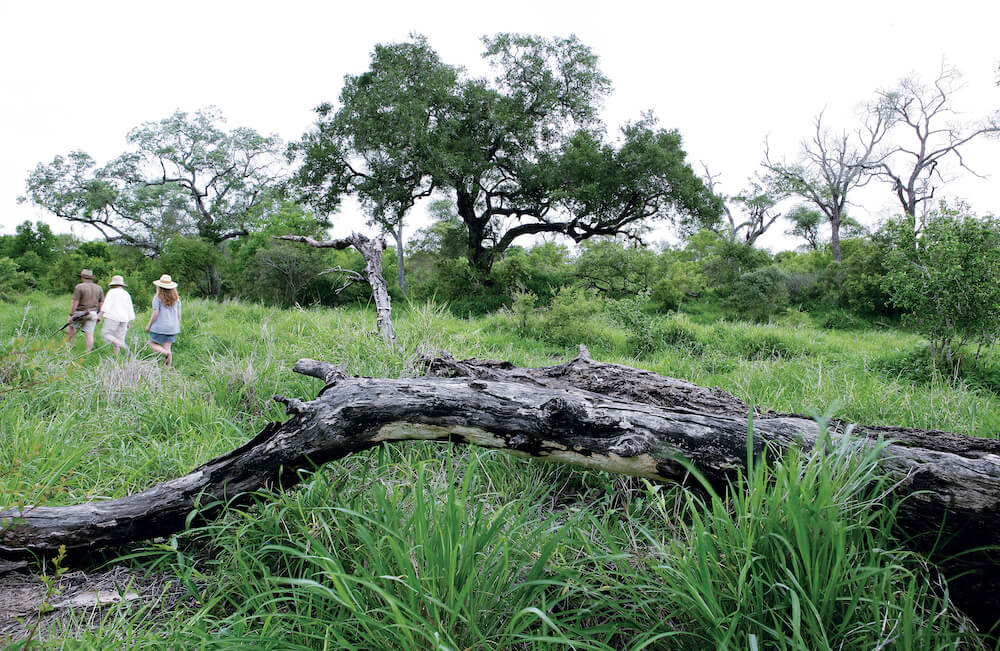
Birds
Spring is an exciting time for birdwatching in the Kruger Park areas. Our migratory birds are starting to return to the area, including the Wahlberg’s eagle. Wahlberg’s eagle are seasonal migrant birds of prey that are found from central Chad, all the way to northern South Africa. Our guides have spotted the eagles nest near the outflow of the dam, which is visible from our bush-facing suites.
We think this may be the same breeding pair that visited us last year, although so far this season we have only spotted the male eagle.
After the rains of late October, we can expect more migratory birds to return to the area.
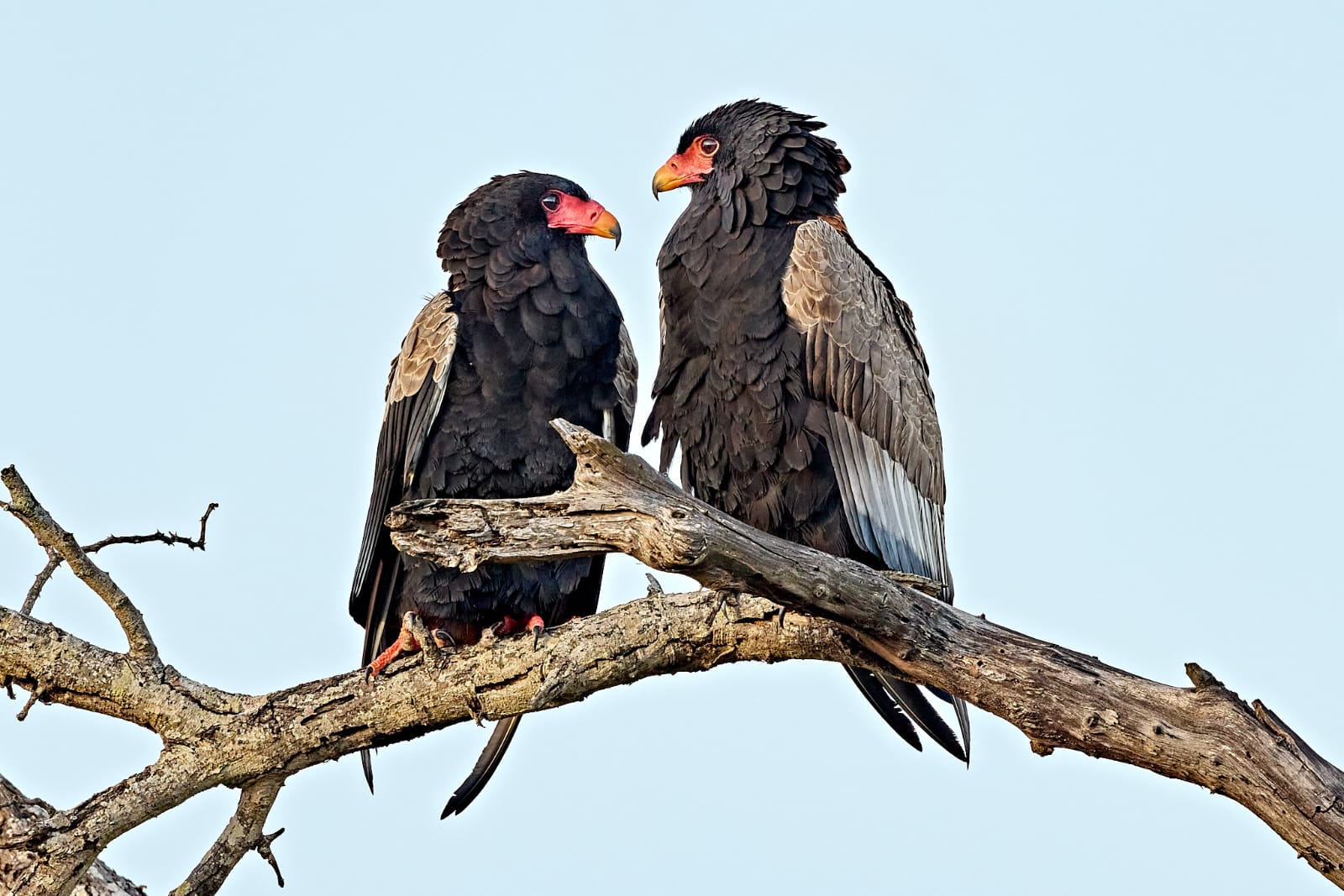
Big game
As the bush is thinner after a dry winter, this is an excellent time to view large mammals and some of the shy wild cats. Our wild dogs are particularly active around the watering hole, gathering in packs and attempting to take some prey.
Larger herd animals such as elephant and buffalo are on the search for drinking water, so we can see them quite regularly at the watering hole. Many guests enjoy the peace of game watching from the privacy of their suites.
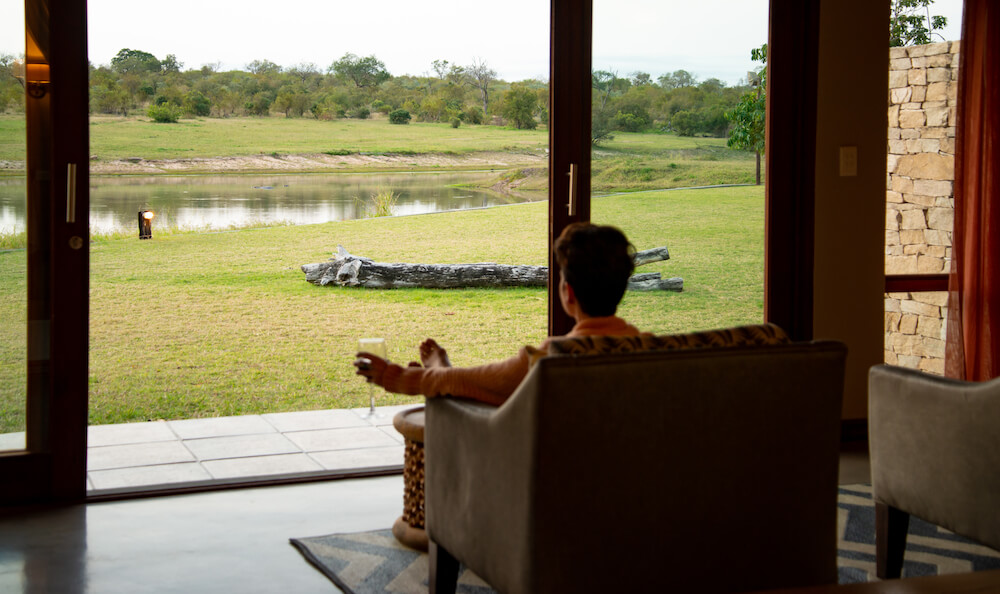
Looking ahead
We are predicting a hot, wet summer ahead between December and March. This is also the traditional holiday season in South Africa, so we can expect lots of fun times by the swimming pool!
Find out more about the Safari experience at Arathusa Safari Lodge.
